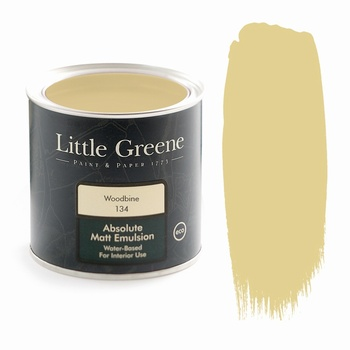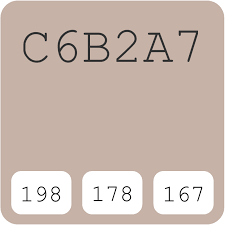Colour is one of the most transformative tools in interior design. It has the power to lift moods, alter perceptions of space, and turn a house into a home. As you consider the palette for your own home, consider our top tips to inject your space with the perfect tones.
Start with a Mood Board
Before you even pick up a paintbrush, gather your inspiration. We love a mood board, whether physical or digital, is a fantastic way to see how colours work together. Look to nature, fashion, and European architecture for ideas. The terracotta hues of a Tuscan villa, the deep blues of the Amalfi coast, or the soft greys of a Parisian street can serve as a rich foundation for your colour scheme.
The 60-30-10 Rule
This classic design principle can help you create a balanced colour palette. Choose a dominant colour for 60% of the room, a secondary colour for 30%, and an accent colour for the remaining 10%. This rule ensures that your space feels cohesive without being monotonous. For instance, in a living room, you might opt for a soft sage green as your dominant colour, paired with warm neutrals like taupe, and a pop of mustard or burnt orange in your accessories.

Consider Light and Space
European homes often make the most of natural light, and your colour choices should too. South-facing rooms bathed in warm, natural light can handle bolder colours like deep greens or navy blues. In contrast, north-facing rooms with cooler light might benefit from warmer tones like soft pinks or pale yellows to avoid feeling too cold.
Layer Your Textures
Colour doesn’t just come from paint; it also emerges through textures and fabrics. In a neutral room, add interest with coloured cushions, throws, or curtains. Velvet, linen, and wool all interact with light differently, offering subtle shifts in colour throughout the day. Think of a velvet emerald sofa in a London townhouse or a rustic linen curtain in a Provençal farmhouse.
Don’t Forget the Fifth Wall
The ceiling, often referred to as the “fifth wall,” is a crucial but often overlooked space. In Europe, it’s not uncommon to see ceilings painted in pastel hues or even adorned with murals. A soft lavender or pale sky blue ceiling can add a whimsical touch to a bedroom or living area.

Test Before You Commit
Finally, always test your colours in the space before committing. Paint swatches on your walls and observe them at different times of the day. What looks perfect in the morning light might feel entirely different by evening.
Facts to Inspire Your Colour Choices
When it comes to decorating with colour, it’s all about creating harmony and balance. For instance, did you know that the colour green is known to reduce stress and enhance relaxation? It’s one reason why this colour is so often found in European interiors, from the rolling hills of Tuscany to the lush gardens of the Cotswolds.
Another interesting fact is that blue is often associated with productivity and calm, making it a popular choice for home offices and bedrooms. It’s a hue that can be found in everything from the deep tones of the Mediterranean Sea to the pastel skies over Provence. Furthermore, research suggests that yellow, the colour of sunshine and energy, can stimulate conversation and is perfect for social spaces like kitchens and dining rooms.
That’s all folks! I hope you found the piece interesting, and as always I’m happy to answer any further questions you may have or head over to email – emma@EmmaMerryStyling.com. All image copyrights are owned by Emma merry styling except where noted. Please make sure you credit and tag if you use them. Thank you. x











Comentários